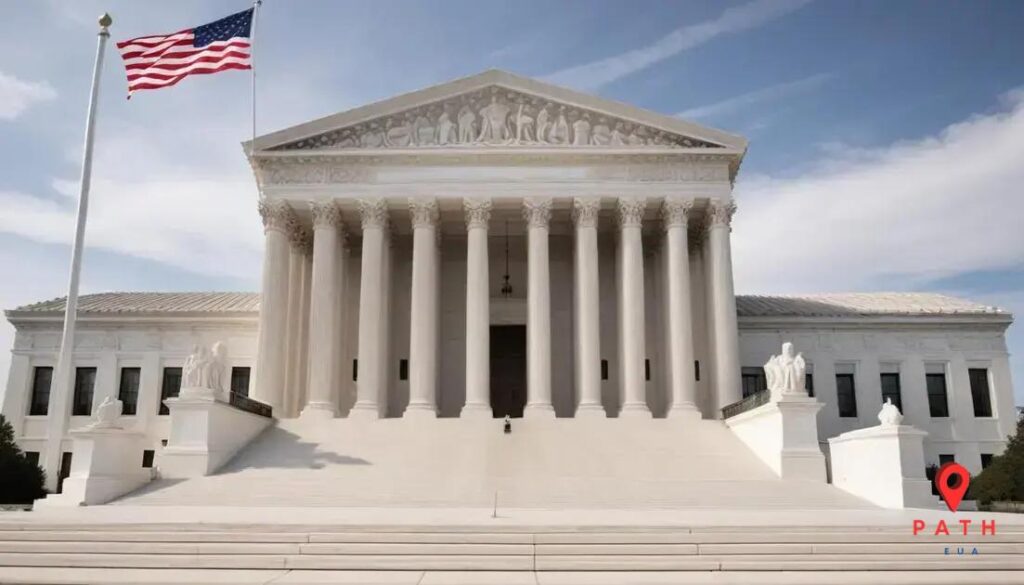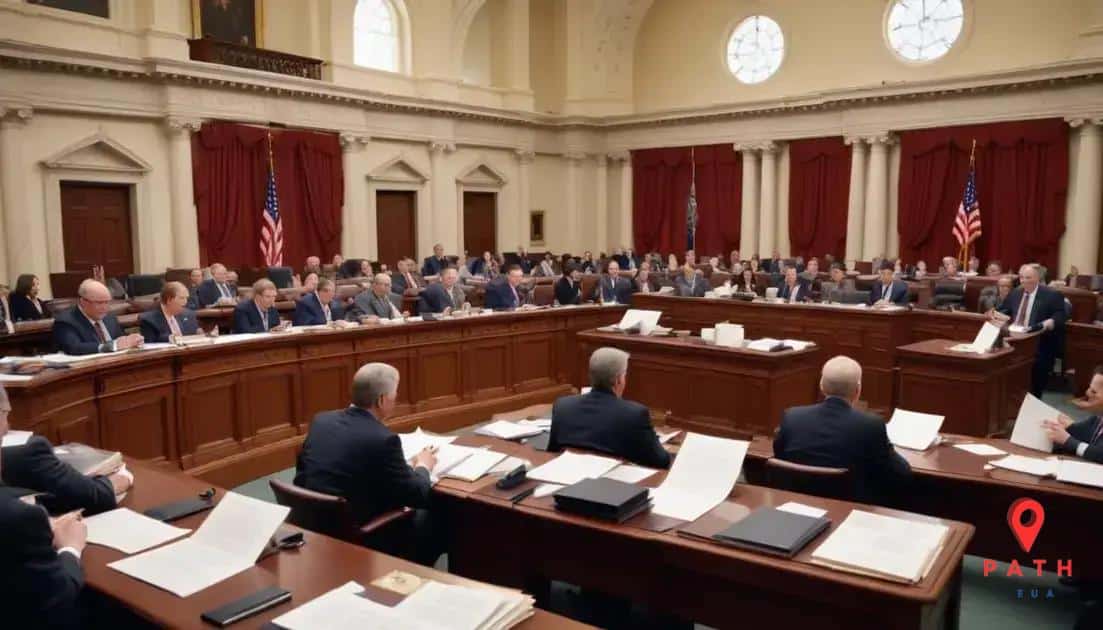Supreme Court ruling on education funding: implications for schools

Anúncios
The Supreme Court ruling on education funding is set to enhance equity in school finance, potentially increasing resources for underfunded districts and reshaping how states allocate educational funds.
The Supreme Court ruling on education funding has sparked debates across the country. How will this decision shape the financial landscape for schools and impact students? Let’s dive into the details.
Overview of the Supreme Court ruling
The Supreme Court ruling on education funding has significant implications for public schools across the country. This landmark decision aims to address disparities in funding that affect students and education outcomes.
Anúncios
By examining how states allocate their budgets for education, this ruling could change the financial support for various school districts. Areas with fewer resources may receive a boost in funding, allowing them to improve facilities and educational materials.
Key Aspects of the Ruling
The court focused on several critical issues during the hearing.
Anúncios
- The interpretation of state funding laws.
- The impact on low-income school districts.
- How funding decisions relate to the quality of education provided.
For more detailed insights, you can visit the U.S. Department of Education for additional information on federal education policies.
Key arguments presented in court
During the Supreme Court case, several key arguments were presented that shed light on the complexities of education funding. These arguments helped frame the conversation surrounding how schools are financed.
One major point discussed was the equity of funding across different districts. Advocates argued that disparities in funding lead to significant differences in the quality of education.
Arguments Highlighted in Court
Some important arguments included:
- State constitutions guarantee equal access to quality education.
- Funding based on property taxes disproportionately affects low-income areas.
- Equal funding can lead to better resources and opportunities for all students.
To learn more about educational equity, you can visit the American Psychological Association for in-depth articles and studies.
Implications for state education budgets

The Supreme Court ruling on education funding has major implications for state education budgets. This decision can change how funds are allocated, affecting schools and students nationwide.
States may need to reevaluate their funding models to ensure they meet the new legal standards. This could lead to increased funds for under-resourced districts.
Effects on State Budgets
Key implications include:
- Higher funding allocations for low-income schools, promoting equity.
- Potential reallocation of funds from wealthier districts to those in need.
- Increased oversight of school funding to ensure compliance with the ruling.
For more insights on education financing, you can explore resources from the National Association of State Budget Officers.
| Aspect | Key Point | Impact |
|---|---|---|
| Overview | Addresses funding disparities | Could increase equity in schools |
| Focus Areas | Low-income districts and state laws | Potential resource boost |
| Court Arguments | Funding inequity and fairness | Calls for system reform |
| State Budgets | May need reallocation | Supports underfunded schools |
| Educator Response | Support for fairer funding | Could improve learning conditions |
| Policy Shifts | Funding formula updates | Improves equity and access |
| Long-Term Outlook | Greater collaboration expected | Better access for all students |
Reactions from educators and policymakers
The Supreme Court ruling on education funding has prompted a variety of reactions from educators and policymakers across the country. These responses highlight the diverse perspectives on how this decision will impact schools and students.
Many educators express optimism, believing that the ruling may lead to increased funding for under-resourced schools. They argue that this could create more equitable learning environments for all students.
Key Reactions Noted
Responses from the education community include:
- Strong support from teachers’ unions advocating for improved funding.
- Concerns from some districts about potential budget cuts in wealthier areas.
- Policy proposals aimed at restructuring funding formulas to align with the ruling.
For further details on these reactions, the American Federation of Teachers provides resources and updates related to educators’ views on funding issues.
Future of education funding post-ruling
The future of education funding after the Supreme Court ruling is a topic of great importance for students, educators, and policymakers. This ruling sets the stage for potential changes to how schools are funded across the nation.
Many experts predict that funding may become more equitable, ensuring that all students receive the resources they need. Schools in low-income areas may see an increase in financial support, helping to bridge the gap in educational quality.
Anticipated Changes in Funding
Key changes that could occur include:
- Revisions to state funding formulas to promote fairness.
- Increased federal oversight on how state funds are allocated.
- Greater collaboration between states to share successful funding models.
For further insights on educational funding trends, the Education Week provides extensive coverage and analysis on ongoing developments in this area.
The future of education funding is bright
The recent Supreme Court ruling on education funding opens new doors for many schools and students across the country. It emphasizes the importance of equitable funding and aims to create better educational opportunities for all.
As states and policymakers adapt to these changes, we can expect a more balanced approach to funding. Schools in need may finally get the resources they require to provide quality education.
In the end, this shift in funding not only benefits students but also strengthens the entire educational system. We must continue to advocate for effective funding strategies that support every child’s right to learn and succeed.